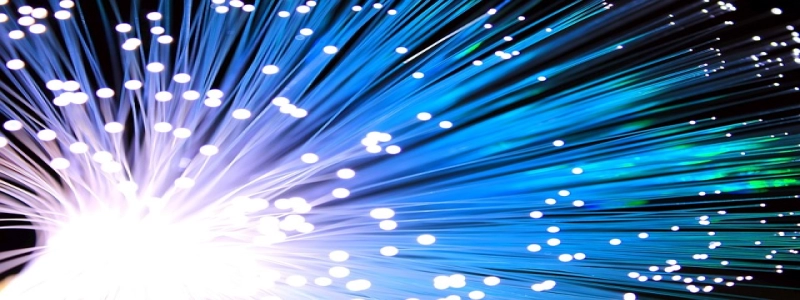Powerline Adapter vs Ethernet
introduzione:
In today’s digital world, a stable and reliable internet connection has become a necessity. One of the key components for a reliable internet connection is the choice of networking equipment. This article aims to compare and evaluate the pros and cons of powerline adapters and Ethernet cables to help readers make an informed decision.
IO. Powerline Adapter
A. Definition and Functionality:
1. Powerline adapters provide internet connectivity by utilizing existing electrical wiring in a building.
2. They consist of two units: one connected to the router and plugged into a power outlet, and the other connected to the device requiring internet access.
3. Data is transmitted through the electrical wiring to provide a wired internet connection.
B. Advantages:
1. Ease of installation: Powerline adapters require minimal setup, as they utilize existing electrical wiring.
2. Convenience: Users can connect devices in different rooms without the need for additional wiring.
3. Reliability: Powerline adapters offer a stable and consistent internet connection, unaffected by distance or physical barriers within a building.
C. Disadvantages:
1. Performance limitations: The speed and stability of powerline adapters can be affected by factors such as the quality of electrical wiring and interference from other devices.
2. Limited scalability: Powerline adapters work best in smaller spaces, as the signal strength may diminish over longer distances.
3. Dependency on electrical circuitry: The efficacy of powerline adapters is dependent on the electrical circuitry within a building, which can vary.
II. Ethernet Cable
A. Definition and Functionality:
1. Ethernet cables are common networking cables that provide a wired connection between devices.
2. They use twisted-pair copper wires to transmit data signals.
3. Ethernet cables are available in different categories (such as Cat5e, Cat6) that offer varying speeds and performance levels.
B. Advantages:
1. Superior performance: Ethernet cables offer reliable and high-speed data transmission, capable of supporting gigabit speeds.
2. Minimal interference: Unlike powerline adapters, Ethernet cables are not susceptible to electrical or environmental interference, ensuring a consistent connection.
3. Greater scalability: Ethernet cables can cover longer distances without compromising signal strength, making them suitable for larger buildings.
C. Disadvantages:
1. Installation complexity: Ethernet cables require proper wiring and routing, which may involve drilling holes or running cables along walls.
2. Limited mobility: Devices connected through Ethernet cables are fixed and lack the flexibility of wireless connections.
3. Cost: The cost of Ethernet cables and the labor required for installation can be higher compared to powerline adapters.
Conclusione:
Choosing between a powerline adapter and Ethernet cable depends on various factors such as the size of the building, existing electrical infrastructure, desired performance, and budget. Powerline adapters offer convenience and ease of installation but may be limited in performance and scalability. Ethernet cables, d'altra parte, provide superior speed, reliability, and scalability at the expense of installation complexity and mobility. Ultimately, the choice should be based on the specific requirements and constraints of the user.







